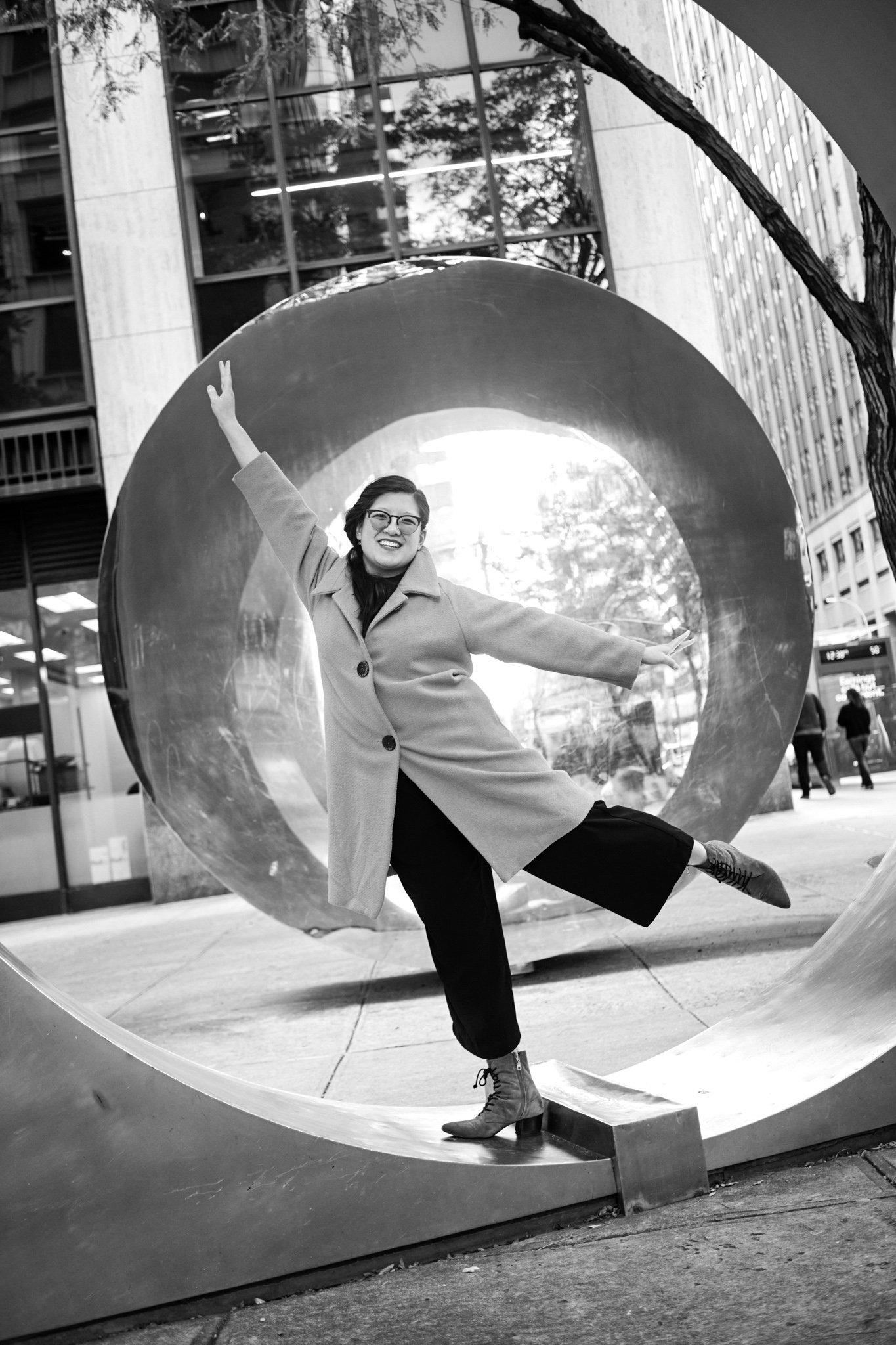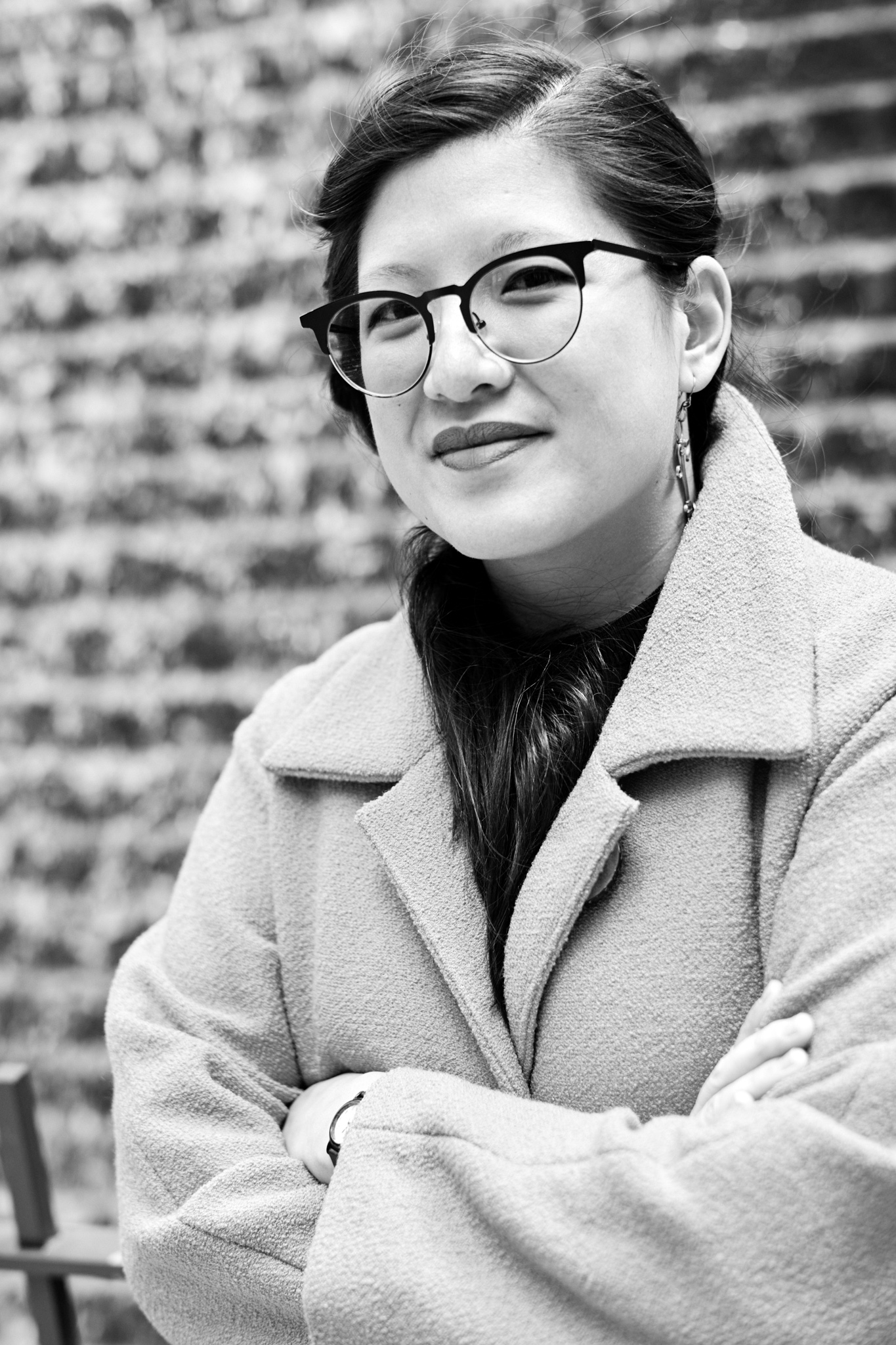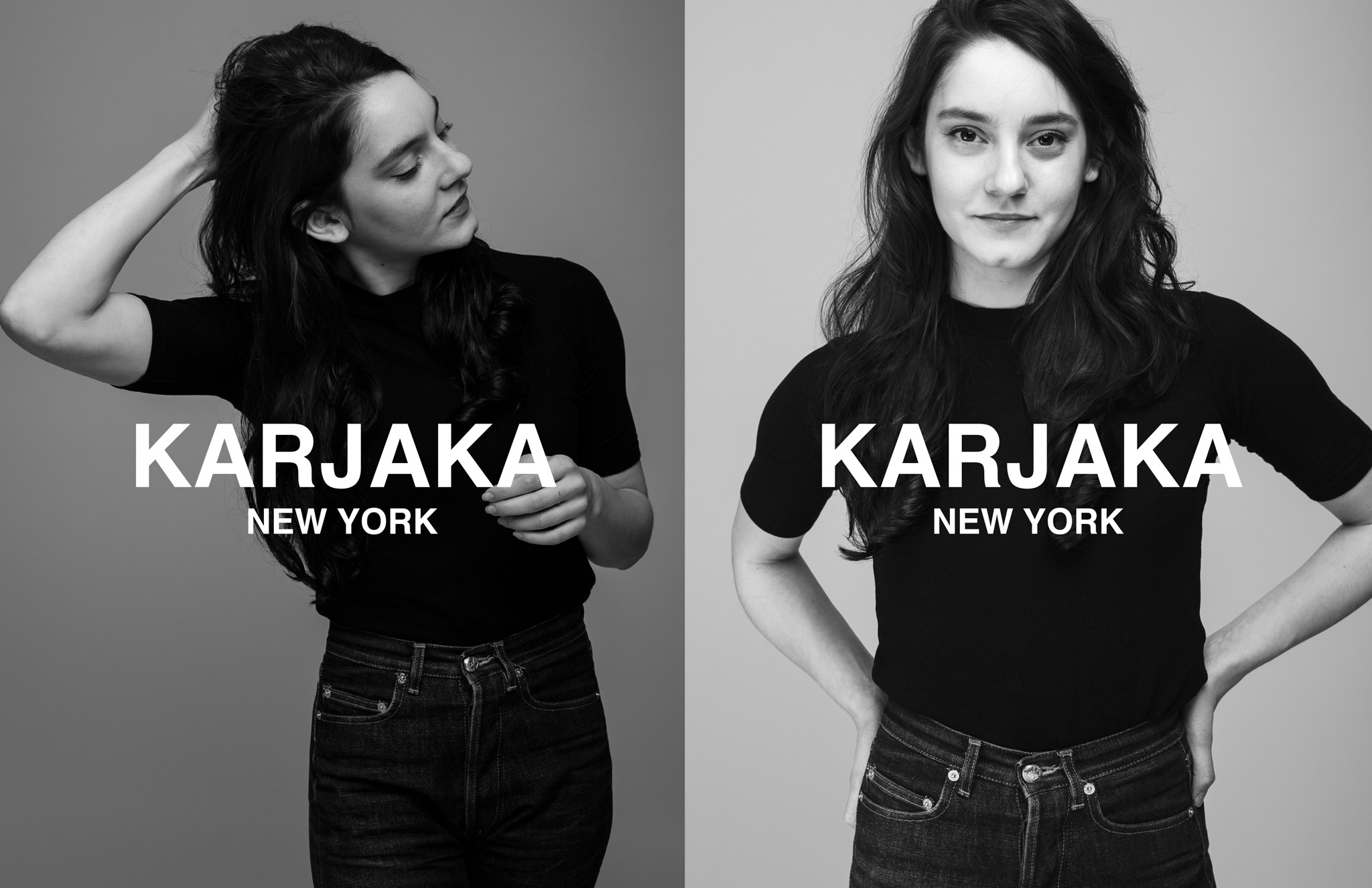
I quickly fell in love with architecture even though it was a Hail Mary for post graduation career aspirations. Architecture engulfed me and would not let me go. I fell into the rabbit hole in an overwhelming, consuming sort of way, much like Alice did as she chased the White Rabbit into Wonderland.
The architecture, engineering, and construction (AEC) world is as mad as any tea party hosted by the Mad Hatter. In order to combat the long hours and stressful situations, I was extraordinarily caffeinated, sleep-deprived and definitely drinking a touch too much (caffeine and alcohol, after hours, sometimes at the same time – espresso martinis were all the rage). What captivated me about architecture at first (and has kept me here) is this idea that I could impact the world around me. Depending on who you ask, architecture can extend to the built environment. The built environment is a term used to encompass any space made into a place by human intervention. This can include gardens, train stations, playgrounds, greenhouses, etc. Tiered farming could even be classified as part of the built environment if you really wanted to make a case for it.
People say it takes a village to raise a child. I can say it’s about the same for any building. Many folks in the industry joke that projects are their babies. The idea that so many people have to come together to build a project is extraordinary. It’s empowering and historically with a master builder at the helm driving the progress forward. A master builder in the western tradition envisions the project, designs, secures funds, and actually directs the folks that will build – put the literal stones and bricks on top of each other to create the building. I think of the Renaissance masters such as Brunelleschi (of the Duomo in Florence) and Andrea Palladio, the Venetian architect whose writing is still required reading in architecture curricula to this day.
Besides the obvious of being men, traditional master builders all had two things in common: drive and influential contacts. The concept that one person’s idea is better than another’s can be subjective. Who is to say what order of priorities should be? So, I think back to the playground. And like any industry, it’s the bullies who get ahead (at first) by being louder, more intimidating, and more conniving. And do the ends justify the means?
Who is to say what will happen when an idea turns out to be a mad one? We are human after all, even if the most arrogant of us will not admit that even in our most intimate of moments. But, it is this ambition for building, legacy, and lack of compassion that causes this trickle down of people treating each other poorly. People talk about workaholics; well, folks in the AEC industry are definitely frequent offenders, especially architects who are trained to constantly rework and iterate through different designs.

They’re the ones who drive the design process, so as a facade engineering consultant, I recall frequently falling victim to late nights, impossible deadlines, and constant design changes that resulted in an unhealthy work-life balance. And all that sacrifice for what? Is that the food my own ego needs for extraordinary contributions? It is a draining industry. There is always work to be done, designs to be improved upon. A more ambitious, less expensive, thinner, shinier – perfect facade is the quantum concept, constantly receding goal post off in the distance. How do you sustain yourself in an industry that is a selfish lover who only takes?
Well, what is love in the first place? I’m partial to the answer put forth by Captain Holt in the comedy series Brooklyn 99, “Love, it sustains you. It’s like oatmeal.” For those unfamiliar, Captain Holt is a person of consistency, strict rule following, kindness, and a streak of silliness that endears him and inspires the utmost respect and admiration of the folks in his precinct. For him to equate love to oatmeal, is to say that love is an everyday thing, that love is necessary, and that love is consistent. For me, those are cornerstones in my practice of self love.
Self love is based in self-respect and esteem – it requires believing you deserve good things, things that bring you joy, and that you deserve to fight for the things that bring you joy and for the ones that you love. And, for me, it was the basis of requesting (nay, demanding) a more flexible work schedule. If I had to wake up at 6:30am to run meetings for a project across the world for months on end, I best be able to take the call from home. At the time, I even leveraged to get a laptop while people of similar rank to me only had desktops! I also asked for much needed raises frequently and often. I also would purposely book travel for fun and vacate the premises when I said I would. I honored my needs as I would my best friend with the same enthusiasm, kindness, and affection. Honestly, I treated my needs the way I treated design requirements of any facade I would design.
And, it was a paradigm shift that took years to implement after years of neglect. I finally prioritized me, my loved ones, and my career in a way that suited me – I’m still extraordinarily passionate about my industry (hell I’m starting a branch of the Society of Facade Engineering in North America), but I’ve shown myself over the past few years the importance of taking care of myself. It helps me take care of others and be passionate and pragmatic in my career. It is through my practice of self love that I sustain my love of architecture and facade engineering. It is so fulfilling to point to a building and say, “I worked on that one.” And, it feels extra good when I’m walking with someone I care about. -KC
Katherine (Kat) Chan is a facade engineer with more than 10 years experience in the built environment, hyperlocal to NYC, where she calls home, and internationally. Her self-propelled desire for thorough analysis and a propensity for detail has enabled her to advocate for innovative approaches and materials. Her aim is to make facade design and engineering concepts accessible for more people, so they can have an engaged experience in the environment they live in. Kat has a degree in Structural Engineering from Columbia University, where she teaches as part of Adjunct Faculty in the Graduate School of Architecture, Preservation, and Planning.

